The day we start a new novel is one of my favorites. I’m always ecstatic to share a book that I love with my class and to get them all as interested in reading as I am. Choosing the right way to start off a novel unit can be tricky because you’re setting the tone for the whole book. These are some ideas you can do individually or mix & match for what will work with your class. Make sure to check out the one I ALWAYS do- it’s at the end!
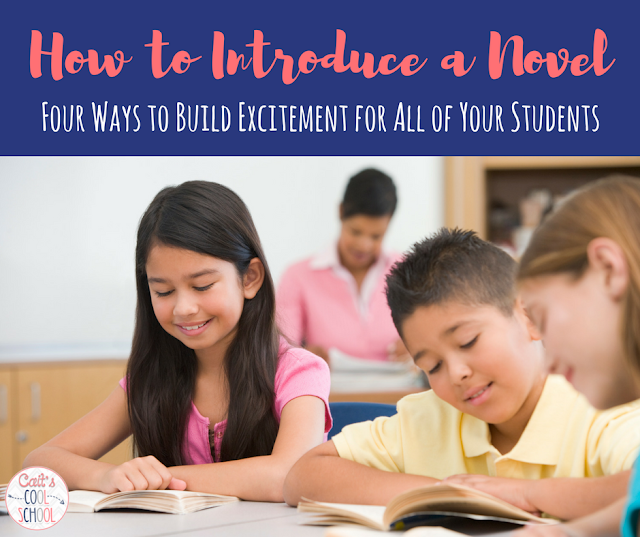 |
| This post may contain some affiliate links, which means if you click on one of the links and make a purchase, I’ll receive a small commission. You will never incur a fee or charge for this. |

I used this at the beginning of the school year for Holes by Louis Sachar. I included running shoes, peach preserves, notepads, an onion, and sunflower seeds. We had such a fun time making predictions. Then, as we read the book, my students would have an AH-HA moment when they would call out, “Now I know why you put the onion in the bag, Mrs. Veise!!” Once we were finished reading, we also talked about the significance of each item and what else could have gone into the bag.
 UPDATE 5/15/19: Just this past week, I used this strategy to launch Because of Winn-Dixie
UPDATE 5/15/19: Just this past week, I used this strategy to launch Because of Winn-Dixie2. First Page: Photocopy the first paragraph or page and have students develop questions based on the short introduction. (You could even just read this aloud, but I like having my students have the chance to annotate also.)
 This was my choice for The Boxcar Children by Gertrude Chandler Warner
This was my choice for The Boxcar Children by Gertrude Chandler Warner. The bonus with this book is that the very first page includes a picture and text. We look at the picture and read the text and then create TONS of questions all around it. After reading the first chapter, we go back to our questions and see what has been answered. Then we come up with more questions. This is a strategy that we keep using throughout our novel study. It keeps the kids very engaged. My students love to come up to me after they finish part of the reading to tell me both answers and new questions!
3. Chapter Title Journal Entry: Give students a list of the chapter titles from the book. Have them choose one and create their own short story about it.
We did this when we read A Wrinkle in Time by Madeleine L’Engle. It was fun to have them create their own short stories and it had my class guessing and talking about what the book could possibly be about.
4. Read Aloud Chapter 1: This is self-explanatory, but this is the one I ALWAYS do. (Well, sometimes I just read the first couple pages if the chapter is really long.) Occasionally, we listen to the audio book instead of just me reading, just to have students get used to a new voice. Plus some of the readers are amazing! One of my favorites for audio books is Frindle. Oh and I can’t forget Matilda (which is read by the amazing Kate Winslet!). Having the first chapter read aloud forces students to listen and maybe makes them concentrate just a little bit more. And my favorite thing to hear when I stop? “Keep going!!” Because now it’s their turn to read! 🙂
What do you do to launch a new novel study? Share your ideas in the comments! I’d love to hear from you.
Looking for more activities to do once you’ve started the book? Check out these lapbooks and tab books for engaging comprehension activities that will keep the excitement going.
 |

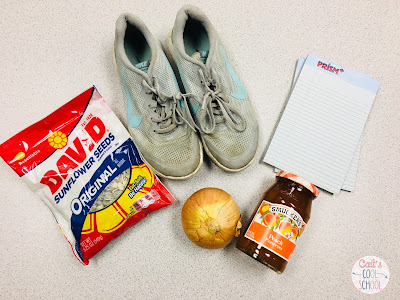


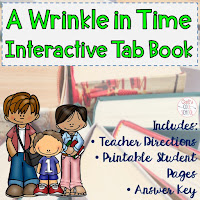
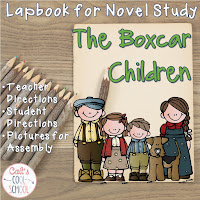

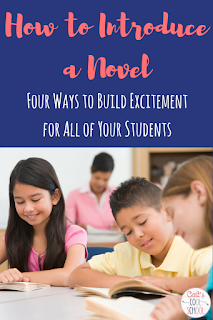

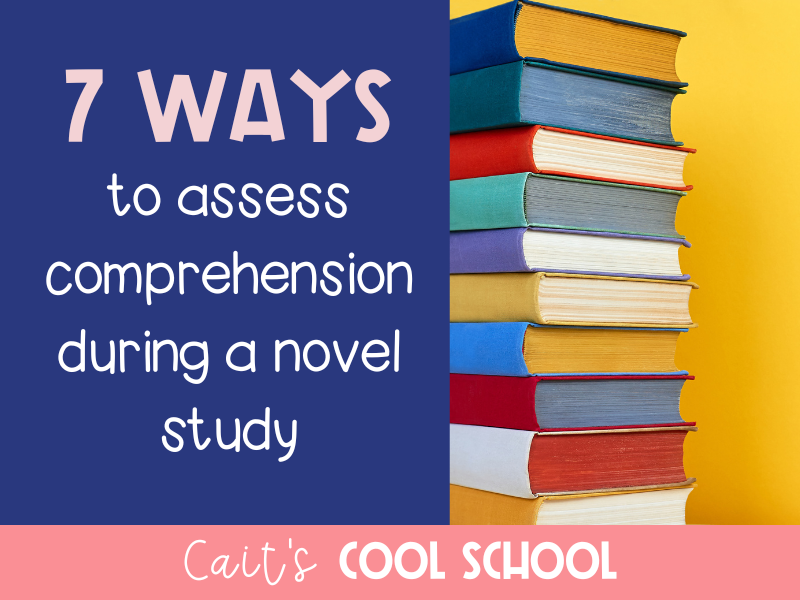


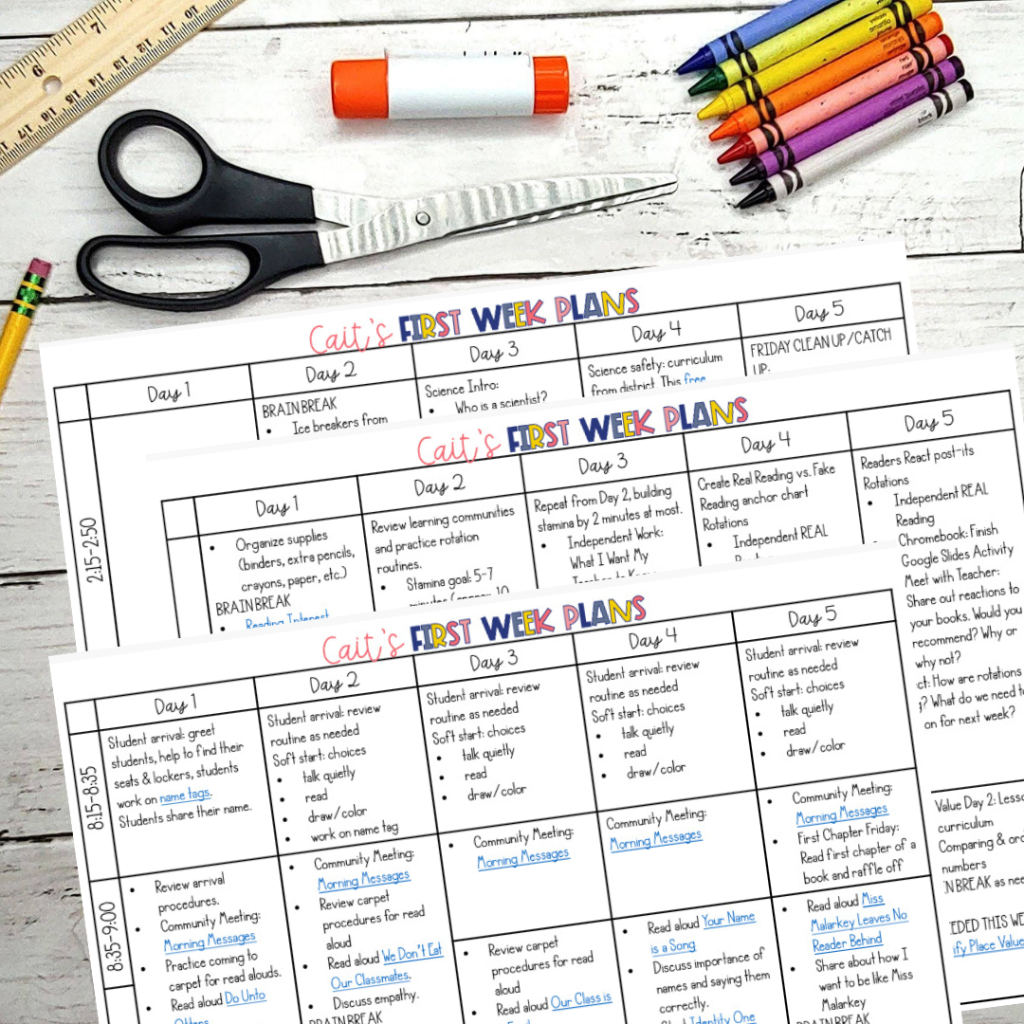
 The first FIVE days of lesson plans for the beginning of the year.
The first FIVE days of lesson plans for the beginning of the year.